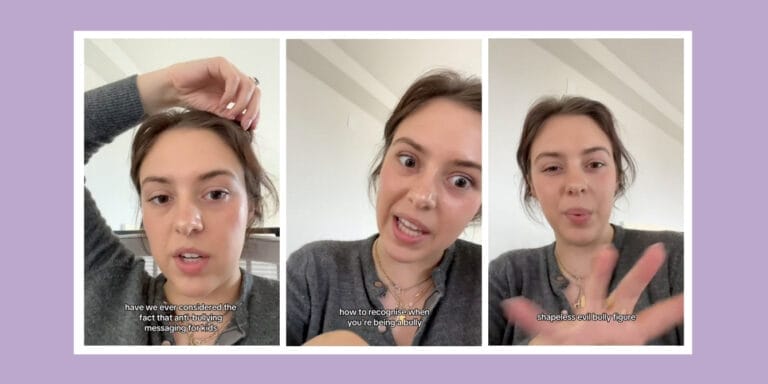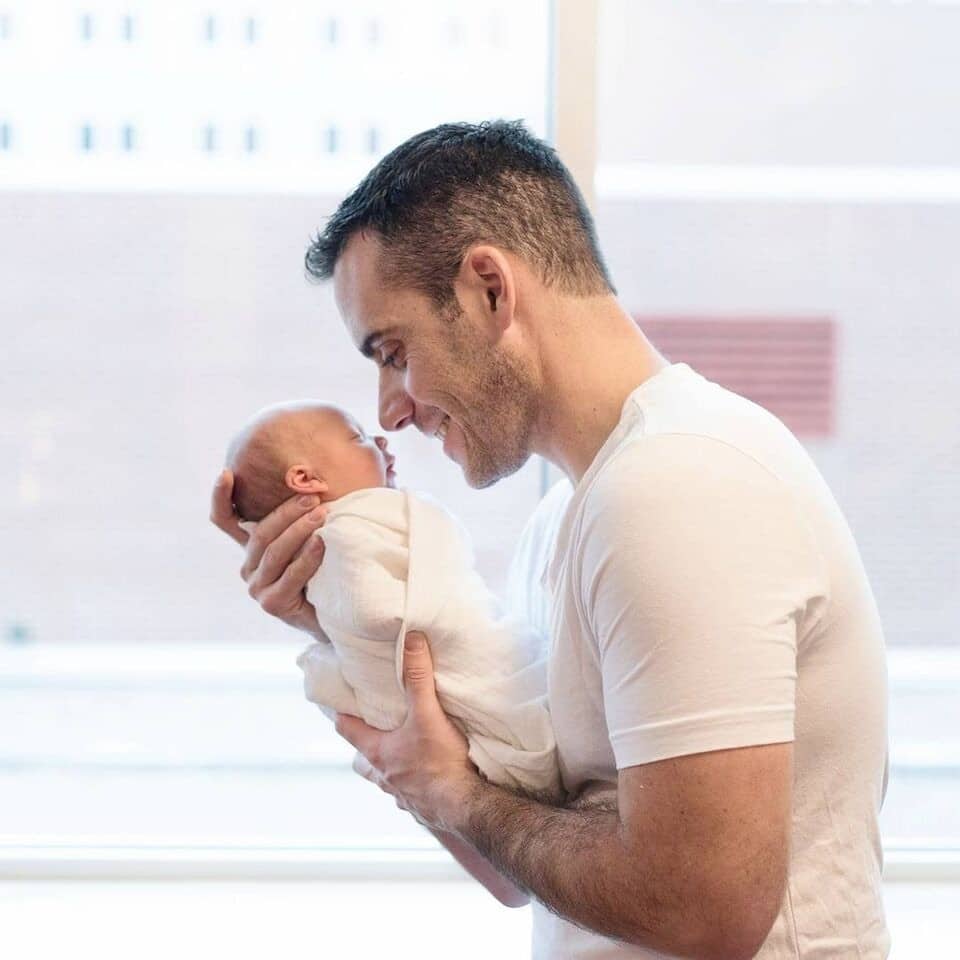It’s amazing to see your kid be surrounded by inclusivity

Liderina / Shutterstock
To understand the definition of inclusion, we need to better understand what it looks like and feels like to be included.
Inclusion has been on my mind for the past few years. I continuously reflect on what inclusivity really means, what it looks like and what it feels like.
I want all three of my young daughters to feel the goodness of friendships and to feel like they belong. I want them to share this with others. I think about them when they are at school, and I wonder if they are happy, safe and cared for. I know other parents do the same.
Related: How to help kids make friends, according to an expert
My 7- and 3-year-old quickly establish a sense of belonging anywhere they go. They are both extroverted friend finders. My 5-year-old is neurodiverse. Born with many congenital differences, she’s nonverbal, globally delayed and uses a wheelchair. She has the best sense of humor. She is incredibly rare, and it feels scary sometimes to set her free to the judgement of others. I want others to appreciate who she is. I don’t want her to change the parts of herself that are different to fit in.
I teach my girls that inclusion is choosing to have a deep appreciation for others–to really see them. Perhaps all that I have learned about raising inclusive kids can be summed up in a recent experience my 5-year-old, Livi, had in kindergarten.
Livi’s teacher shares videos of playful experiences on a digital portfolio. In one video, the children are building block towers. Livi loves to throw and listen to the sound the blocks make as they meet the ground. As I watch, I notice the children’s excitement and joy. The three children are working together and collaborating. I can feel their togetherness. The emotions I notice are different than the annoyance Livi’s sisters sometimes feel at home when she interrupts their play.
Livi’s teacher asks, “What are you playing?” The children excitedly respond, “A tower for Livi to knock over!”
“Oh! I love this game!” she enthusiastically shares.
I replay this part over and over, using inclusion as a lens for my curiosities. One child is building quickly because she has learned that Livi is eager. Another child is talking with Livi, describing the structure she will soon knock over, and offering some design tips to the builder. And Livi, she is smiling in the presence of her friends. She is learning patience, as she waits to swiftly knock the block tower down.
Related: 10 things I wish someone had told me about raising a neurodiverse child
When the tower tips at Livi’s reach, the children share the same laughter and pride. In such a small moment, inclusion is highlighted as a feeling and way of being. I can see the work gone into building a sense of belonging amongst these children, feelings of comfort in familiarity, empathy and kindness. The teacher has taken an ordinary opportunity to build inclusion. Diversity is not only recognized but viewed as a strength. I realize, inclusion requests that we notice differences and all the potential and possibilities they bring. Inclusion requests that we see others as capable and competent. I do not believe it is always children who need the work–it is us, the adults.
In the kindergarten experience, the children are looking to their teacher periodically, for her reactions, expressions and guidance. Her role as co-player and co-learner is impactful. I consider how teaching my children to be inclusive begins with my actions, my words, my way of being.
Related: The best way to teach kids about diversity and inclusion is through reading
As a kindergarten teacher myself, I am influenced by the Reggio Emilia approach. This approach views children as strong, capable, and full of possibilities. Their lives (and ours) unfold from the many different contexts and relationships of everyday life. Our families, our cultural and social beliefs, our childhoods. None of us are the same, it’s impossible. Rare is everywhere.
But still, I often use sameness as a point of connection. I am drawn to like-minded people. I ease into the comfort of friendships I have had for a while. I try to share warmth, through smiles and everyday gestures to strangers, but I know there are opportunities everywhere where I could do more. Not so ironically though, it is those that are different that I often learn the most from. It is the moments where I take a risk to make a new connection that fill me up with happiness and growth.
I talk about this a lot with my girls, how sometimes taking a chance on someone leads to magical things, seeing others through a strength-based lens. I realize we won’t all be best friends, and that’s OK. Maybe sometimes inclusion looks like holding space for someone else and having them know that you see and appreciate them. That is what I will be working on moving forward–finding ways to make others feel like they matter, because they do.
I think back to the many times I have empathized with my daughters and their disappointment in having a tower that took time and care to build knocked over in an instant. I think those feelings are fair, too. Livi is also learning to be inclusive. But the next time we build towers, I will think carefully about my language, my expressions, and how I make the choice to see Livi’s skill as a strength, just as her kindergarten teacher and peers taught me to do. I will excitedly share, “Livi is the demolition crew–we have seen this happen in real world construction sites! What an important job Livi has!”
The heart of inclusion is teaching our kids to look up to diversity, and not down on it. Another bit of magic I have borrowed from the Reggio Emilia approach, is the hundred languages of children. The poem by Reggio Emilia founder, Loris Malaguzzi shares, “the child has a hundred languages, a hundred hands, a hundred thoughts, a hundred ways of thinking, of playing, of speaking.” The poem goes on to share that it is us, the adults, that steal 99, by telling the child how to act and think and be. And in doing so, we steal inclusion, because it sure does not exist in a world where there is only one way to be.
To understand the definition of inclusion, we need to better understand what it looks like and feels like to be included. I feel included when I feel like I matter or when I walk into a place and feel a sense of belonging and care. I hope to continue to model feelings of inclusion for my girls through our play and everyday experiences, through intentional language choices and actions.
In doing so, I hope my girls find ways to feel togetherness with their peers in ways that it radiates outwards so that others catch on.
I hope they find ways to make space for the quiet ones, the loud ones, and the ones who sometimes love to knock things down.
I hope they learn that their way is not the only way.
I hope they find ways to feel belonging and tools to help themselves when they don’t.
I hope I can work on my own empathy and kindness, and model for them, so that inclusion becomes who they are and not a fleeting momentary act.


































